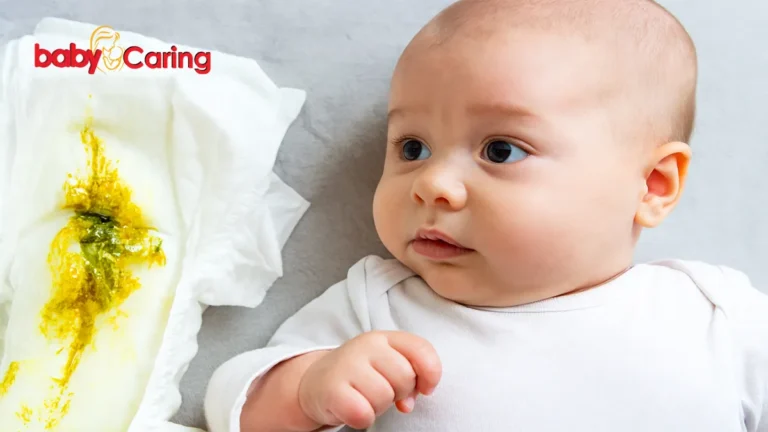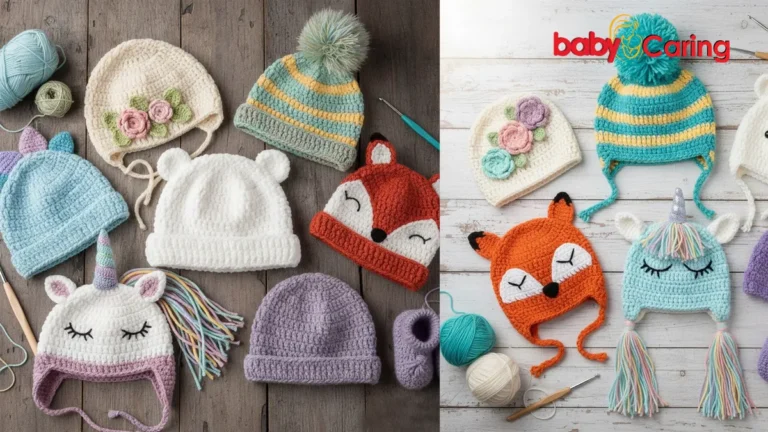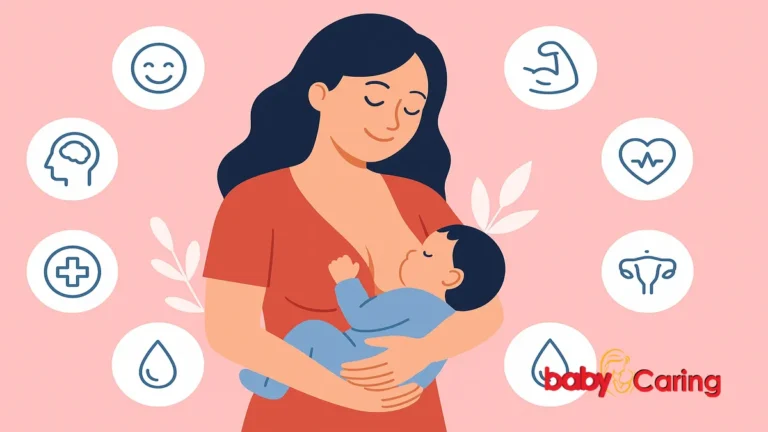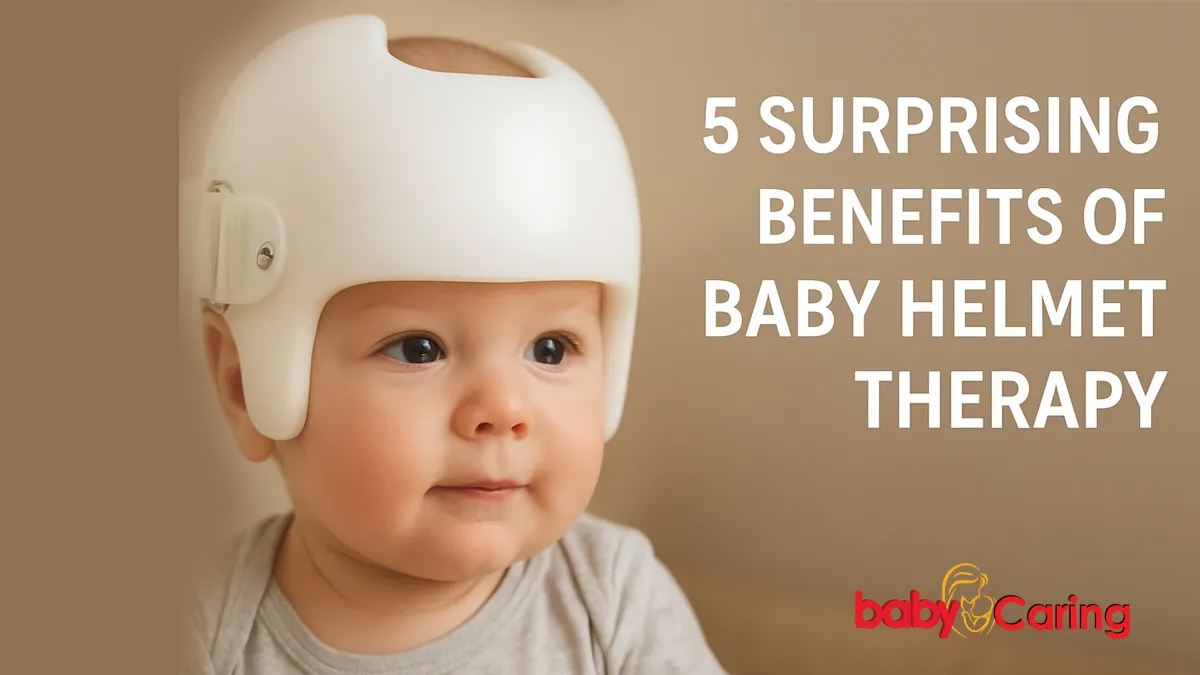
As parents, we all want the very best for our little ones, especially when it comes to their growth, comfort, and overall health. If you’ve ever wondered about Baby Helmet Therapy, you’re not alone. Many moms and dads start asking questions like “why do babies wear helmets?” or “does a baby helmet for flat head really work?” when they first notice their baby’s head shape isn’t perfectly round. It’s completely natural to feel concerned — but the good news is, there are safe and proven solutions that can help, and one of the most effective is Baby Helmet Therapy.
Flat head syndrome (also called plagiocephaly) has become more common in recent years, partly because doctors encourage babies to sleep on their backs to reduce the risk of SIDS. While this is absolutely the safest sleep position, it sometimes leads to uneven pressure on a baby’s skull, causing a flat spot. That’s where a specially designed baby helmet can make a big difference. Instead of just being a corrective tool, Baby Helmet Therapy comes with some truly surprising benefits that many parents don’t expect.
Think of it less as a medical “treatment” and more as a gentle guide, helping your baby’s head grow into its natural, round shape. Beyond the obvious physical changes, parents often notice improvements in confidence, bonding, and peace of mind once they see the results. That’s why understanding the real benefits of this therapy is so important.
In this article, we’ll explore five surprising benefits of Baby Helmet Therapy that go beyond just correcting a flat head. From boosting your little one’s overall development to giving you reassurance as a parent, these benefits might just change how you see the process. By the end, you’ll have a clearer picture of how something as simple as a baby helmet can play a big role in your child’s early growth and well-being.
1️⃣ Improves Head Symmetry Without Surgery
One of the most well-known benefits of Baby Helmet Therapy is its ability to improve head symmetry in a gentle, non-invasive way. Unlike surgical interventions, which can be scary and overwhelming for parents, a baby helmet for flat head works by guiding natural skull growth. The helmet applies gentle pressure to the rounded parts of the head while leaving space where it needs to grow.
- No pain, no surgery: The process is safe and comfortable for babies.
- Early intervention is key: When started between 4–8 months, results are often faster and more noticeable.
- Boosts confidence later in life: Children with corrected head shapes often feel more comfortable in social settings as they grow.
👶 Real-life example: Sarah, a mom of twins, noticed one baby developed a flat spot from always turning his head the same way while sleeping. With Baby Helmet Therapy, within just a few months, his head symmetry improved dramatically, and by his first birthday, there was almost no visible difference compared to his twin.
2️⃣ Supports Brain Development Through Proper Head Shape
Did you know that cranial shape can impact how pressure is distributed across the head? While flat head syndrome doesn’t directly damage the brain, an uneven skull can sometimes affect how a baby positions their head during sleep, tummy time, and play. This, in turn, may influence developmental milestones like rolling over, crawling, or even sitting upright.
Baby Helmet Therapy supports natural growth by ensuring the head maintains an even shape, which can make a difference in how comfortable and mobile a baby feels. Pediatric specialists often note that proper cranial alignment helps reduce unnecessary strain, allowing babies to focus on exploring their world.
- Promotes healthy posture.
- Encourages natural movement during tummy time.
- Supports milestone achievements like crawling and sitting.
📌 Pediatric insight: Dr. Michelle Harper, a pediatrician, explains that while flat head syndrome is mostly cosmetic, proper cranial shape through Baby Helmet Therapy may improve how babies interact with their environment — a key factor in supporting early brain development.
3️⃣ Reduces Parental Anxiety with a Clear Plan
Being told that your baby needs a helmet can feel overwhelming at first. But for many parents, having a structured solution like Baby Helmet Therapy brings tremendous relief. Instead of worrying about “what if” scenarios, they gain a clear plan and timeline for improvement.
- Emotional relief: Parents feel reassured knowing they’re actively addressing the issue.
- Structured progress: Helmet therapy is closely monitored by specialists, giving parents a sense of control.
- Community support: Many clinics connect families with others who’ve gone through the same experience.
💬 Parent testimonial: “When our doctor suggested a baby helmet, I panicked,” recalls Emily, mother of a 6-month-old. “But once we started, it felt like a weight lifted. We could see progress, and knowing we had a plan helped me sleep better at night.”
This sense of empowerment not only reduces stress but also strengthens the parent-child bond — because less worry means more focus on joyful moments.
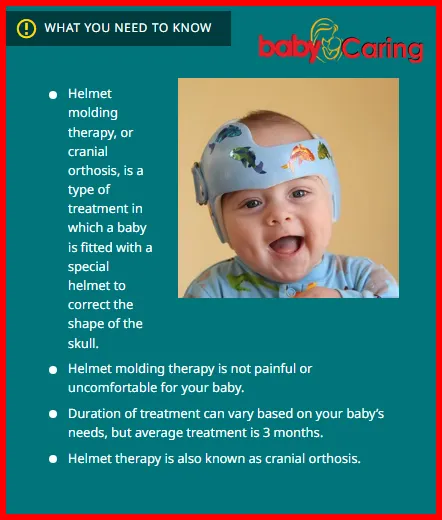
4️⃣ Encourages Better Sleep and Comfort
Many parents worry that a helmet might make their baby uncomfortable, but surprisingly, most babies adjust within days. In fact, some even sleep better once their head is properly supported.
Why do babies wear helmets? It’s not just for correction — helmets are designed with comfort in mind. Lightweight materials, breathable padding, and custom fits ensure that babies can wear them 23 hours a day without distress.
- Helmets distribute pressure evenly, reducing discomfort during sleep.
- Babies often roll and move more freely once their head shape improves.
- Parents report fewer wake-ups due to awkward sleeping positions.
👶 Real-life example: Mark and Julia shared that once their daughter started wearing her helmet, she slept more soundly than before. “It was as if she was finally comfortable enough to stay in one position,” Julia explained.
5️⃣ Helps Avoid Long-Term Cosmetic Concerns
One of the most overlooked benefits of Baby Helmet Therapy is how it helps prevent long-term cosmetic issues. While flat head syndrome doesn’t usually cause health problems, noticeable asymmetry in head shape can affect self-esteem as a child grows.
- Avoids potential teasing in school.
- Reduces the chance of needing cosmetic correction later in life.
- Gives children confidence in their appearance.
💡 Imagine your child reaching school age without any noticeable head asymmetry. That confidence can have ripple effects — from social interactions to how they carry themselves. Parents who choose early helmet therapy often say they’re grateful for the peace of mind it brings for the future.
6️⃣ Boosts Awareness of Infant Health & Development
Finally, Baby Helmet Therapy often leads parents to become more observant and proactive about their child’s overall health. Because the therapy involves regular check-ins with specialists, moms and dads stay more engaged with pediatric care.
- Encourages parents to track milestones closely.
- Builds stronger communication with healthcare providers.
- Promotes healthy habits like tummy time and varied sleep positions.
📌 Example: Lisa, whose son wore a helmet for five months, says the process made her much more attentive to his development. “I noticed every little milestone — his first time rolling over, his improved balance — and I don’t think I would’ve been so tuned in if not for the therapy checkups.”
This heightened awareness often carries into later stages of parenting, making families more proactive in supporting their child’s growth and well-being.
📊 Quick Comparison: Before vs. After Baby Helmet Therapy
| Aspect | Before Helmet Therapy | After Helmet Therapy |
|---|---|---|
| Head Symmetry | Visible flat spots | Rounder, balanced shape |
| Parental Anxiety | High uncertainty | Clear plan & peace of mind |
| Baby’s Comfort | Uneven pressure during sleep | Even support, better rest |
| Long-Term Concerns | Possible cosmetic worries | Reduced risk, higher confidence |
Flat Head Syndrome: Before and After Baby Helmet Therapy
| Feature | Before Therapy | After Therapy |
|---|---|---|
| Head Shape | Asymmetrical / Flat | Rounded / Symmetrical |
| Parental Stress Level | High | Reduced |
| Sleep Quality | Interrupted | Improved |
| Developmental Concerns | Present | Monitored / Improved |
How does helmet work ? How it correct my child’s head?
A baby’s skull is naturally soft and flexible during the first year of life. This flexibility is important because it allows the brain to grow rapidly. However, it also means that a baby’s head can become flat in certain areas if there is constant pressure, such as always sleeping in one position. This is where Baby Helmet Therapy comes in.
A baby helmet is custom-made to fit your child’s head. It doesn’t squeeze or cause pain — instead, it gently guides the skull into a more rounded and symmetrical shape as your baby grows. The helmet has firm areas that prevent growth in places where the head is already prominent, and extra space in the flatter areas. As the baby’s skull continues to grow, it naturally fills out those open spaces, creating balance.
Think of it like gently redirecting water in a stream: the flow doesn’t stop, but it’s guided in the right direction. Similarly, your baby’s skull continues to grow, but in a more even and rounded way.
Most babies wear the helmet for about 3 to 6 months, usually around 23 hours per day. The earlier the therapy begins — typically between 4 and 8 months — the quicker and more effective the results.
In short, Baby Helmet Therapy works with your baby’s natural growth, providing a safe, non-invasive way to correct head shape.
How can I know my child need helmet therapy?
Many parents first notice the need for Baby Helmet Therapy when they see a flat spot on their baby’s head, often during the first few months of life. Because a baby’s skull is soft and still developing, it can easily flatten in areas where pressure is applied repeatedly, such as from lying on the back or favoring one side while sleeping.
Some common signs that may suggest your baby could benefit from a helmet include:
- Visible flat spot: The back or one side of the head looks noticeably flat.
- Asymmetry: One ear may appear slightly forward compared to the other, or the forehead may look uneven.
- Head tilt preference: Your baby consistently turns the head to one side.
- Little improvement with repositioning: Even after trying tummy time or changing sleep positions, the flat area doesn’t improve.
Doctors usually recommend starting with repositioning techniques, tummy time, and physical therapy if needed. However, if your baby’s head shape doesn’t improve by 4–6 months, a specialist may suggest Baby Helmet Therapy. This is because the skull grows fastest in the first year, making early treatment most effective.
Ultimately, only a pediatrician or cranial specialist can confirm whether a helmet is necessary. If you have concerns, it’s always best to schedule a checkup. Early evaluation means more options and faster results for your baby’s head shape.
How long time will my child wear helmet for therapy?
The length of Baby Helmet Therapy can vary depending on your child’s age, the severity of the flat spot, and how quickly their skull responds to treatment. On average, most babies wear a helmet for 3 to 6 months. In some cases, it may be shorter, while in others, especially if started later, it may take a little longer.
Typically, helmets are worn 23 hours a day, with one hour off for cleaning and playtime. Because a baby’s skull grows the fastest in the first year of life, starting therapy between 4 and 8 months often leads to quicker and more noticeable results. Babies who begin earlier usually complete treatment faster than those who start after their first birthday.
The helmet gently guides natural skull growth, so the duration depends on how much growth is left. For example:
- Mild flat head cases: May only need 2–3 months.
- Moderate to severe cases: May take closer to 5–6 months.
- Older babies (10–12 months): Might need longer since skull growth slows with age.
Your child’s specialist will monitor progress through regular checkups and adjust the plan if needed. The good news is that most parents notice visible improvement within just a few weeks, making the commitment feel worthwhile.
How often will I need to meet the doctor while my child undergoes helmet therapy?
During Baby Helmet Therapy, regular checkups with your specialist are an important part of the process. These visits make sure the helmet fits properly, your baby is comfortable, and the head shape is improving as expected.
In most cases, you’ll see the doctor or orthotist every 2 to 4 weeks. At each visit, the helmet may be adjusted to keep up with your baby’s rapid head growth. These small modifications ensure the helmet continues to guide the skull gently and effectively.
Here’s what usually happens at the appointments:
- Fit check: Making sure the helmet is snug but not too tight.
- Progress measurement: Taking head shape scans or measurements to track improvement.
- Adjustments: Adding or removing padding to direct growth where it’s needed.
- Parent support: Answering your questions and giving tips for care and cleaning.
The number of visits may vary depending on your child’s age and how quickly their skull is growing. Babies younger than 8 months often need more frequent adjustments, while older babies may need fewer.
These checkups are usually short and simple, but they play a big role in achieving the best results — giving both you and your little one peace of mind.



